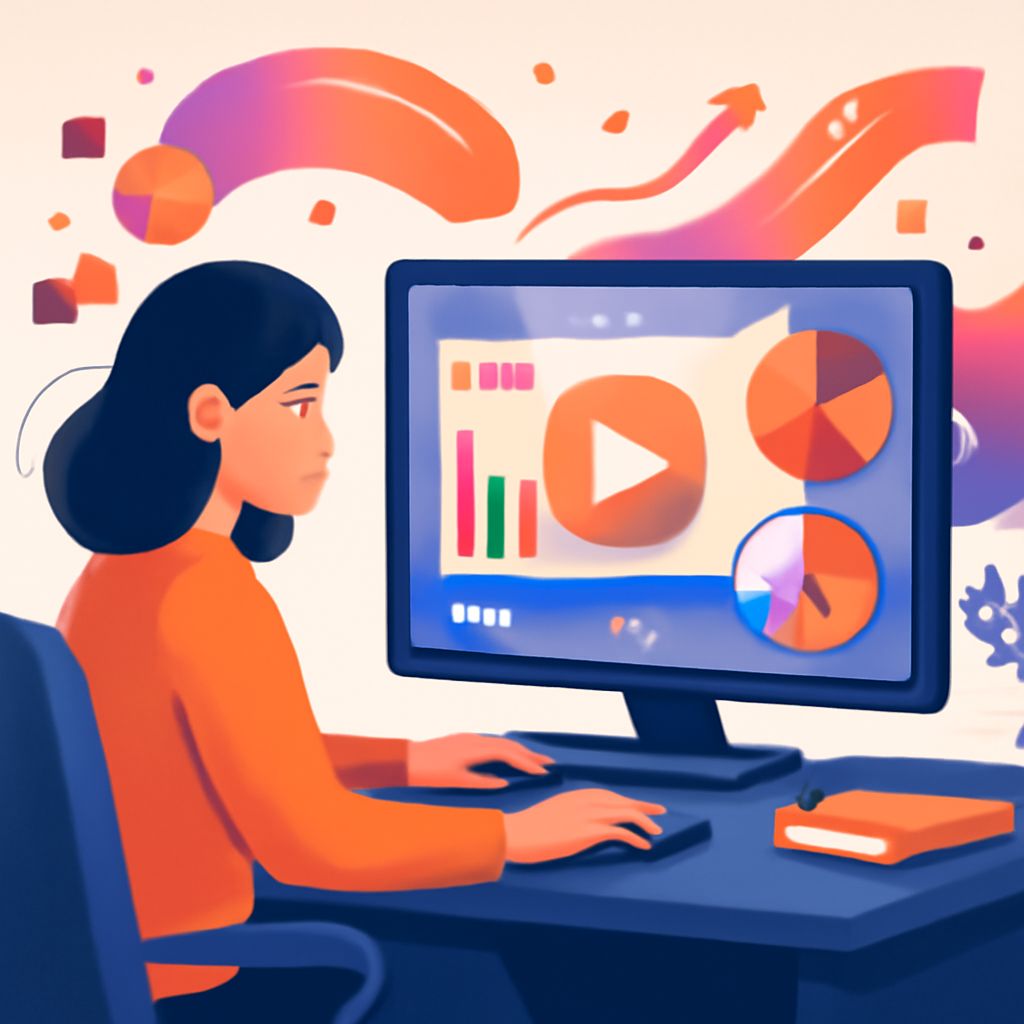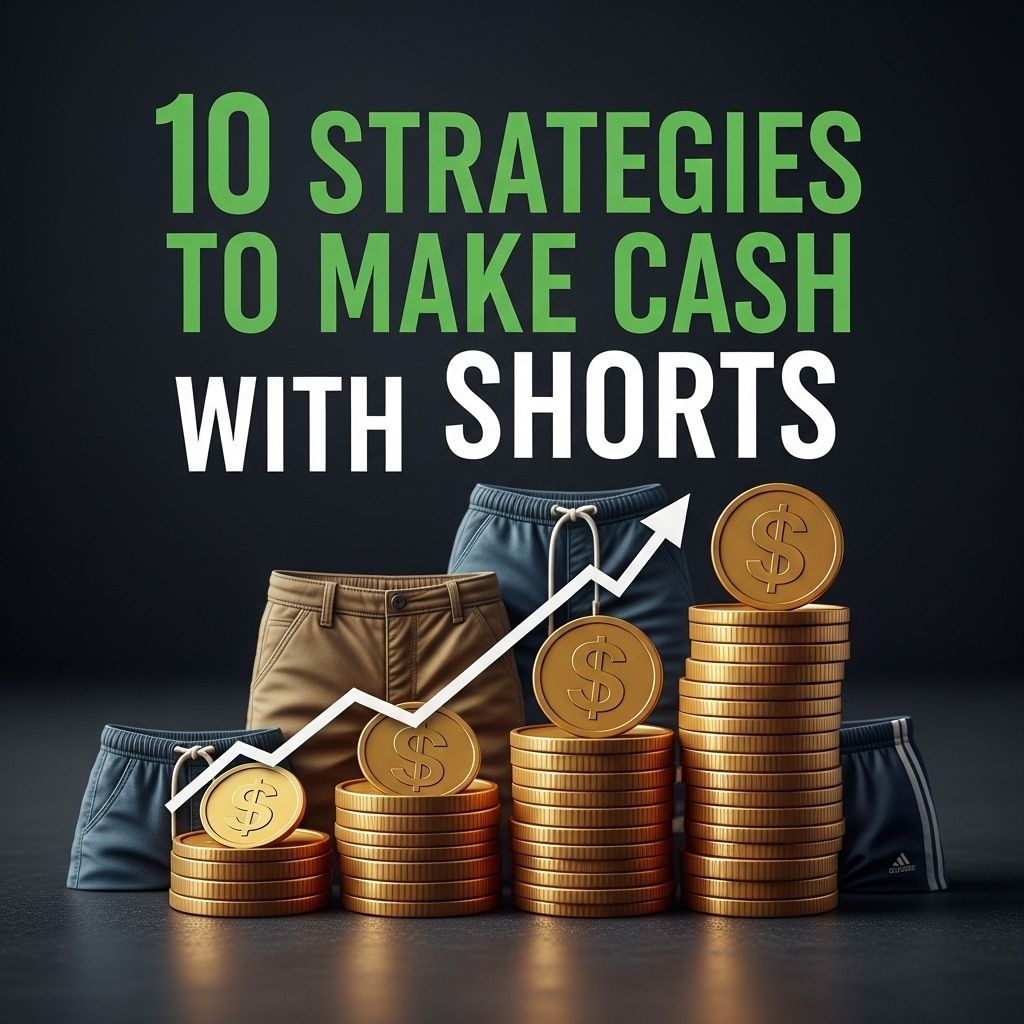Unleashing Creativity: The Power of Motion Graphics in Modern Digital Marketing
In the ever-evolving realm of digital marketing, businesses are constantly seeking innovative ways to capture audience attention and convey their messages effectively. Among the various tools available, motion graphics have emerged as a powerful means to engage, inform, and entertain consumers. This article delves into the significance of motion graphics in modern digital marketing, exploring their benefits, applications, and best practices.
Understanding Motion Graphics
Motion graphics, a form of digital animation, combines graphic design principles with cinematic techniques to create the illusion of movement. Unlike traditional animations, motion graphics often incorporate text, shapes, and illustrations to communicate ideas succinctly and dynamically. They are widely used in advertising, social media, explainer videos, and promotional content.
Key Characteristics of Motion Graphics
- Dynamic Visuals: The primary appeal of motion graphics lies in their ability to present information in a captivating manner. The movement of elements grabs attention and encourages viewers to stay engaged.
- Storytelling: Motion graphics effectively convey narratives, enabling brands to tell their stories in a concise and visually appealing way.
- Versatility: They can be adapted to various formats and platforms, making them suitable for websites, social media, presentations, and advertising campaigns.
- Enhanced Branding: Incorporating a consistent style and branding elements into motion graphics helps reinforce brand identity and recognition.
Why Motion Graphics Matter in Digital Marketing
As the digital landscape becomes increasingly saturated with content, standing out is essential. Motion graphics serve several key purposes in enhancing marketing strategies:
1. Increased Engagement
Motion graphics capture attention quickly. With the average person exposed to a multitude of digital content, using animated elements helps to differentiate your brand. Engaging visuals are more likely to be shared, further extending reach.
2. Communicating Complex Ideas
Many concepts can be challenging to convey through text alone. Motion graphics simplify complex information, making it easier for audiences to understand. By breaking down ideas into digestible visuals, businesses can enhance comprehension and retention.
3. Boosting Conversion Rates
Studies have shown that incorporating motion graphics into marketing campaigns can lead to higher conversion rates. Videos with motion graphics have a substantial impact on viewer behavior, encouraging them to take desired actions like signing up for newsletters or making purchases.
4. Enhancing User Experience
Incorporating motion graphics improves overall user experience on websites and apps. Thoughtfully designed animations can guide users, highlight important information, and create a more enjoyable browsing experience.
Applications of Motion Graphics in Digital Marketing
Motion graphics can be utilized across various facets of digital marketing:
1. Social Media Content
Platforms like Instagram, Facebook, and TikTok thrive on visual content. Motion graphics can be employed to create eye-catching posts, stories, and advertisements, effectively engaging users in a crowded feed.
2. Explainer Videos
Businesses often use explainer videos to introduce products or services. Motion graphics can succinctly summarize features and benefits, helping potential customers understand offerings quickly.
3. Advertising Campaigns
Dynamic ads that incorporate motion graphics can significantly enhance viewer interest and conversion rates. Brands can create memorable advertisements that resonate with audiences.
4. E-learning and Training
Incorporating motion graphics into educational content can enhance comprehension and retention. They can be used to illustrate concepts, processes, and systems in a visually engaging way.
Best Practices for Creating Effective Motion Graphics
To maximize the impact of motion graphics, marketers should consider the following best practices:
1. Keep it Simple
Avoid overcrowding visuals with excessive information. Focus on delivering a clear, concise message that resonates with the audience.
2. Align with Brand Identity
Ensure that the style, colors, and animations align with your brand’s identity. Consistency across all marketing materials fosters recognition and trust.
3. Optimize for Platforms
Different platforms have varying requirements for video and animation formats. Optimize your motion graphics for each platform to ensure the best viewing experience.
4. Use Sound Wisely
Sound can enhance the effectiveness of motion graphics but should be used judiciously. Music and sound effects should complement visuals without overwhelming the message.
Measuring the Effectiveness of Motion Graphics
After implementing motion graphics in marketing strategies, it’s crucial to assess their performance. Key performance indicators (KPIs) to consider include:
| KPI | Description |
|---|---|
| Engagement Rate | Measures how viewers interact with the content, including likes, shares, and comments. |
| Conversion Rate | Tracks the percentage of viewers who take a desired action after viewing the motion graphic. |
| Watch Time | Analyzes how long viewers watch the motion graphics, indicating interest level. |
| Click-Through Rate (CTR) | Measures how many viewers clicked on a call-to-action button or link associated with the content. |
Challenges and Considerations
While motion graphics offer numerous benefits, there are also challenges to consider:
1. Resource Intensive
Creating high-quality motion graphics often requires specialized skills and tools, which can be costly for some businesses.
2. Keeping Up with Trends
The digital landscape is constantly changing. Staying updated with the latest design trends and consumer preferences is essential to maintain relevance.
3. Balancing Creativity and Clarity
While creativity is important, clarity should always remain a priority. Motion graphics must effectively communicate the intended message without confusion.
Conclusion
In summary, motion graphics are a potent tool in modern digital marketing, capable of driving engagement, enhancing understanding, and boosting conversion rates. When implemented effectively, they can significantly elevate a brand’s presence in the digital landscape. As businesses continue to navigate the complexities of consumer attention, embracing creativity through motion graphics will undoubtedly set them apart from the competition.
FAQ
What are motion graphics?
Motion graphics are digital animations that combine graphic design elements with movement, often used to convey information or tell a story in a visually engaging way.
How do motion graphics enhance digital marketing?
Motion graphics enhance digital marketing by capturing attention, increasing engagement, and effectively conveying complex messages in a short amount of time.
What are the benefits of using motion graphics in advertising?
The benefits of using motion graphics in advertising include improved brand recall, higher viewer retention rates, and the ability to showcase products or services dynamically.
Can motion graphics improve SEO rankings?
Yes, incorporating motion graphics into your content can improve SEO rankings by increasing user engagement and lowering bounce rates, which are positive signals to search engines.
What industries can benefit from motion graphics?
Industries such as e-commerce, education, entertainment, and technology can significantly benefit from motion graphics to create compelling marketing campaigns.
How can businesses start using motion graphics in their marketing strategy?
Businesses can start using motion graphics by collaborating with professional animators or utilizing user-friendly software to create engaging content that aligns with their brand message.




